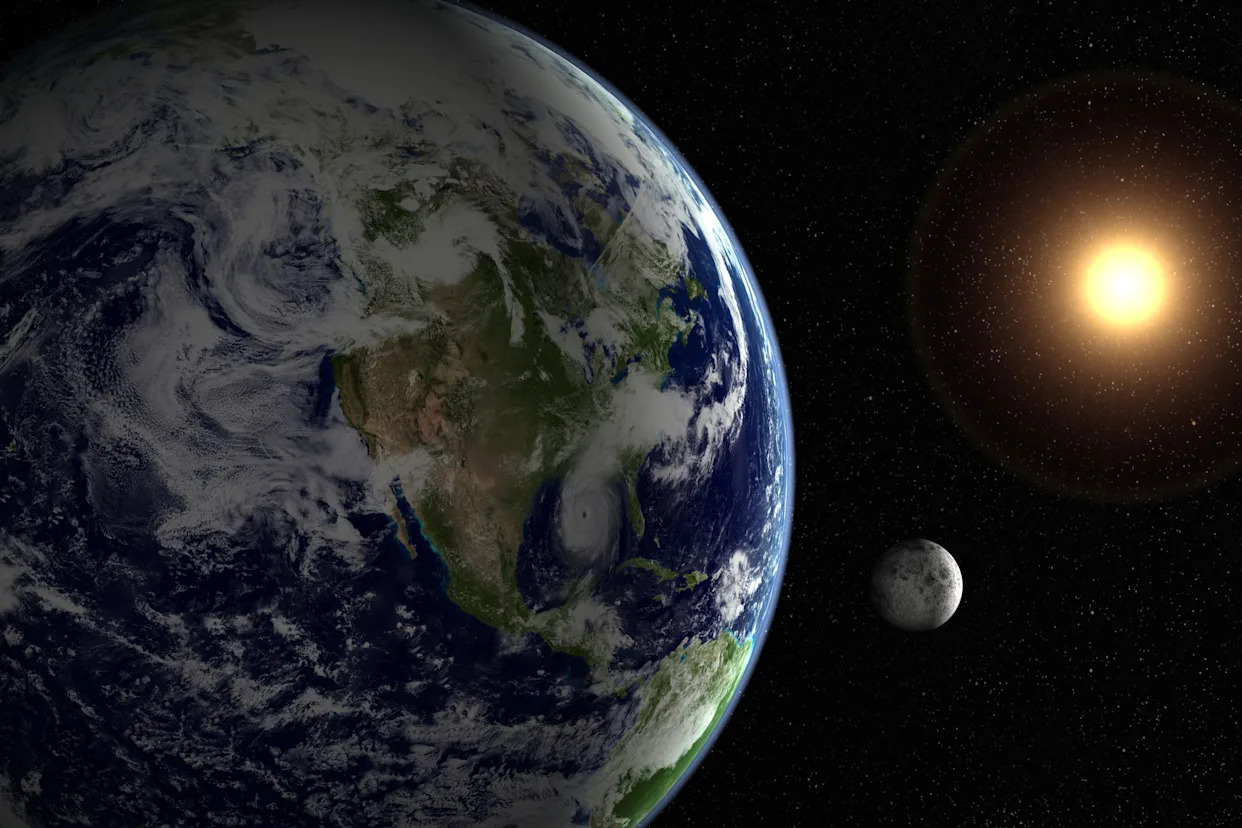Planet Earth is experiencing a slight increase in its rotational speed, marking one of the shortest days of the year. This phenomenon, occurring on three specific dates—July 9, July 22, and August 5, 2023—will lead to a reduction of mere milliseconds in the standard 24-hour day. While the change is minute and imperceptible to human senses, it highlights the dynamic nature of Earth’s rotation.
Understanding Earth’s Rotational Variability
The rotation of Earth typically takes 24 hours, comprising 86,400 seconds. However, fluctuations can occur, resulting in adjustments of a millisecond or two each day. These variations are influenced by multiple factors, including the moon’s position relative to Earth’s equator. As stated by TimeandDate.com, “Our planet spins quicker when the moon’s position is far to the north or south of Earth’s equator.”
Additionally, geological events such as earthquakes and volcanic activity can impact the planet’s rotational speed. For instance, the 8.9 magnitude earthquake that struck Japan in 2011 was significant enough to accelerate Earth’s rotation, shortening the day by 1.8 microseconds (0.0018 milliseconds). These minute adjustments have been tracked since the 1950s using atomic clocks, allowing scientists to gauge the precise length of each day.
Upcoming Shortest Days and Historical Context
This summer will witness three notable dates when the moon reaches its maximum distance from the equator, leading to an increase in Earth’s spin speed. According to Space.com, the specific lengths of days during these events will be marginally shorter than the usual 86,400 seconds.
It is essential to differentiate this phenomenon from the commonly referenced shortest day of the year, which occurs during the winter solstice in the Northern Hemisphere. This event, taking place in mid-December, represents the day with the least amount of daylight, as Earth’s tilt positions it away from the sun.
The concept of a 24-hour day is relatively recent in Earth’s history. During the Jurassic Period, it is estimated that a complete rotation took just 23 hours. Current research suggests that the length of a day is gradually increasing, with projections indicating that in about 200 million years, a full day may extend to 25 hours.
As we observe these fleeting changes in Earth’s rotation, it serves as a reminder of the intricacies of our planet’s movement and its impact on our daily lives. While these adjustments may be too small to notice, they underscore the ongoing transformations occurring within our natural world.
